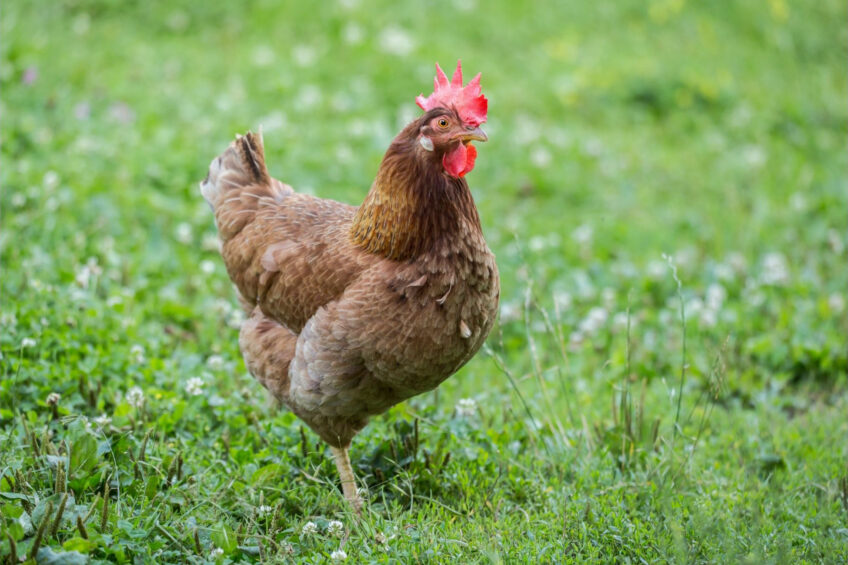The welfare conundrum

World Poultry Vol. 30 #8 featured the headline: “US consumers want more humanely raised chicken”. The report was based on a survey conducted by the American Society for the Prevention of Cruelty to Animals (ASPCA). Nowhere is it stated how the survey was carried out. Was it among ASPCA members? High net-worth consumers?
By Peter Hunton, Past president WPSA, Cambridge, ON, Canada
World Poultry Vol. 30 #8 featured the headline: “US consumers want more humanely raised chicken”. The report was based on a survey conducted by the American Society for the Prevention of Cruelty to Animals (ASPCA). Nowhere is it stated how the survey was carried out. Was it among ASPCA members? High net-worth consumers?
If the National Chicken Council (the US organization that speaks for the chicken industry) had conducted the survey, you can be sure the results would have been quite different, and perhaps, equally useless in truly identifying consumers’ real needs, wants or desires. Those who design consumer surveys are acutely sensitive to the power of loaded questions in securing a desired outcome.
I frequently receive questionnaires from People for the Ethical Treatment of Animals (PETA). I don’t bother to open them now, as the “correct” responses are almost always written into the questions. Yet many people regard the results of these surveys as accurate and an important description of the feelings of the entire population.
Nobody today denies the fact that in the past, let’s say until about 1970, the industry paid too little attention to the welfare aspects of poultry production. This is not to say that producers were necessarily careless of the welfare of their flocks; rather, they were largely unaware of the implications of some practices.
Most livestock farmers know very well that good management is essential for optimum productivity. In many cases, best management practices coincide with good animal welfare.
But in the past four decades, largely, it must be admitted, as a result of efforts of various animal welfare organizations, breeders, hatcheries, chicken producers and processors have adopted a variety of strategies to monitor, improve and control the welfare of the birds throughout the production and processing chain. Many producers agree that today, high levels of bird welfare are a necessary cost of doing business.
But how does industry deal with the frequent and strident demands of the minorities who demand more? In my view, the answer is twofold. Firstly, we must ensure that in the cost-effective but intensive production methods needed to supply the majority of the market, proper welfare standards are defined and met. This means devoting resources to developing and policing these standards, and making sure consumers recognise and accept them. The industry has gone a long way to achieving this, but the challenge is ongoing.
Secondly, no harm is done in meeting the consumer demand for greatly enhanced welfare (free range, organic, etc.) but at a premium price that will support such methods of production. The true test of consumer demand is not the anonymous survey; it is what people buy and are willing to pay for in a competitive marketplace.













